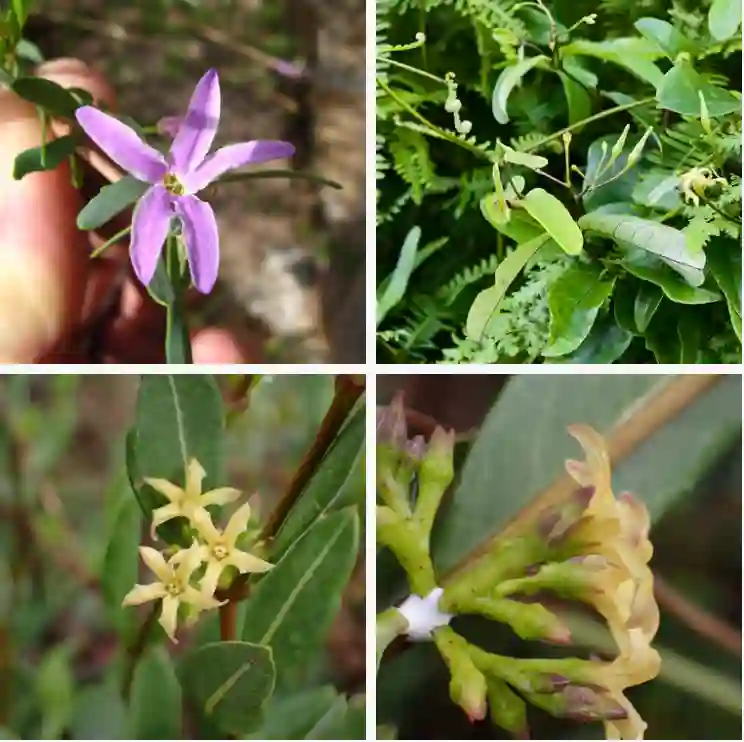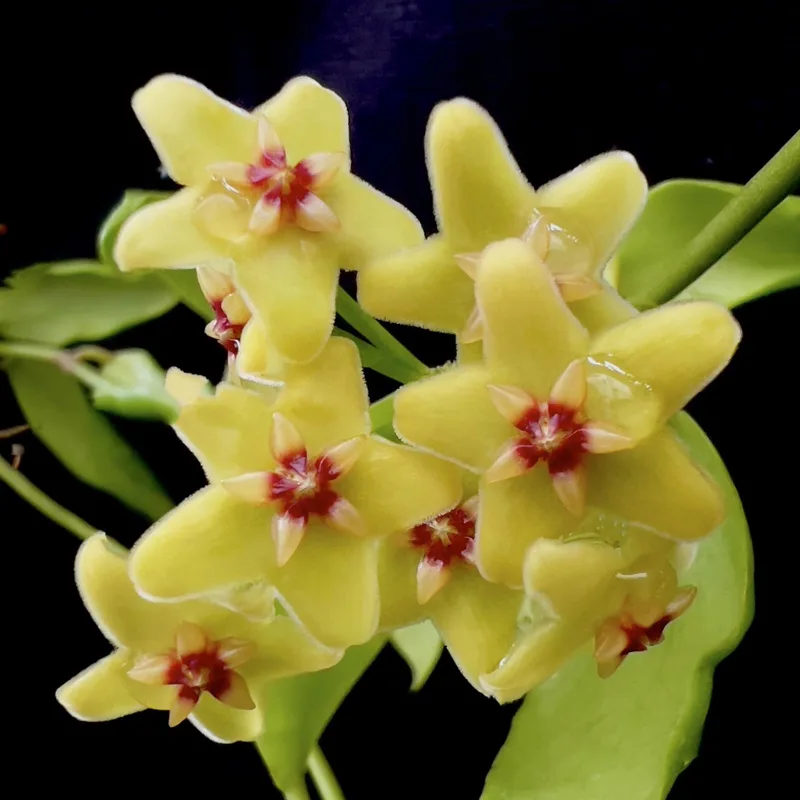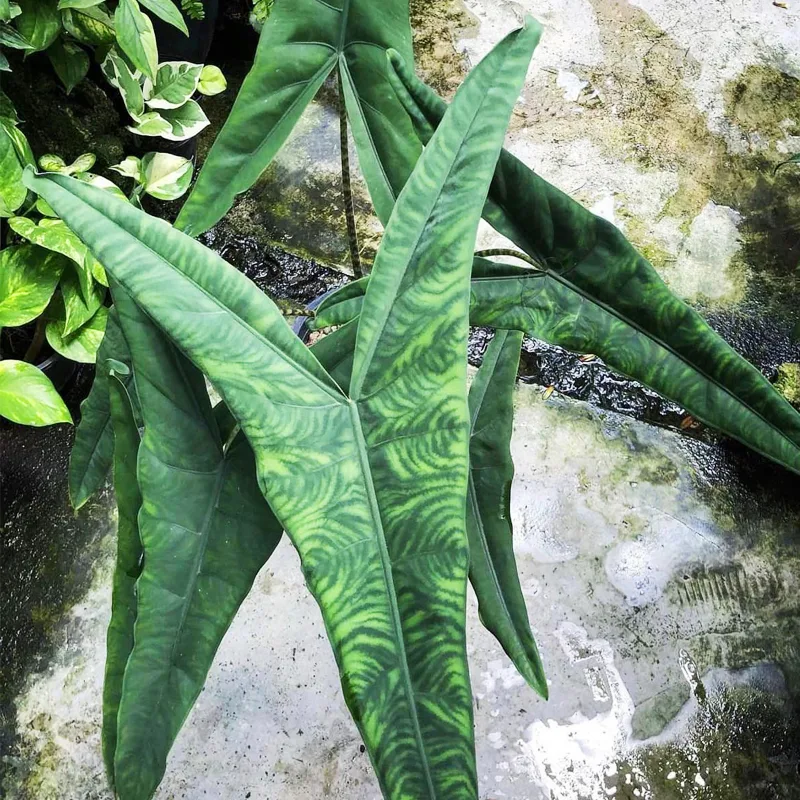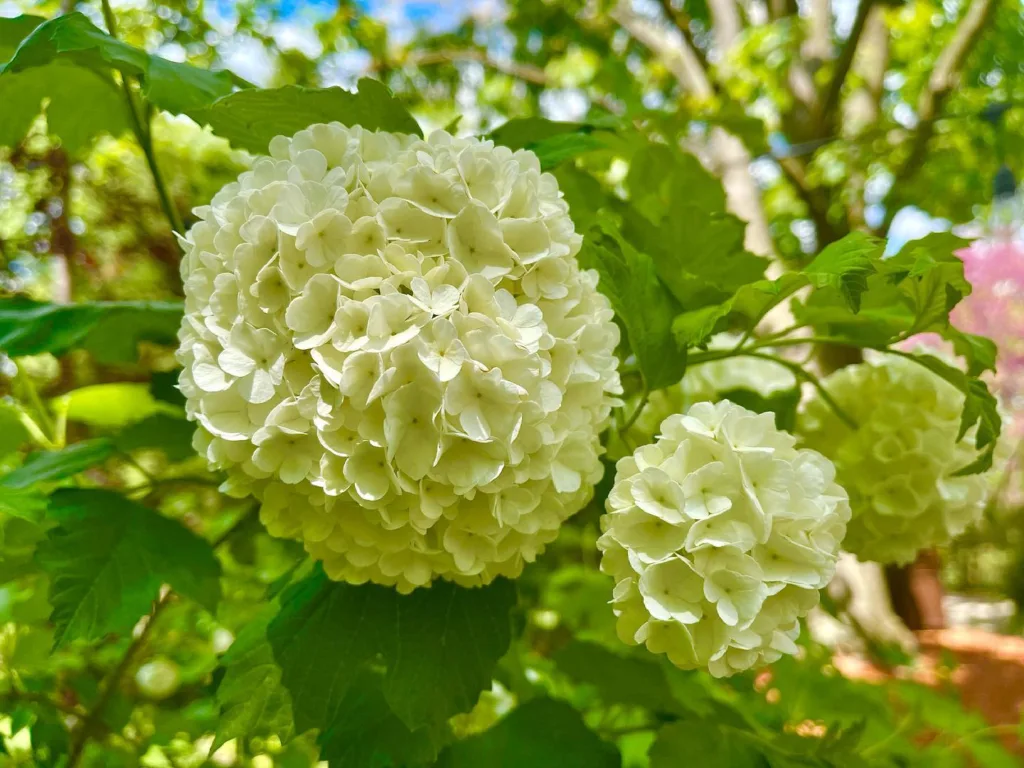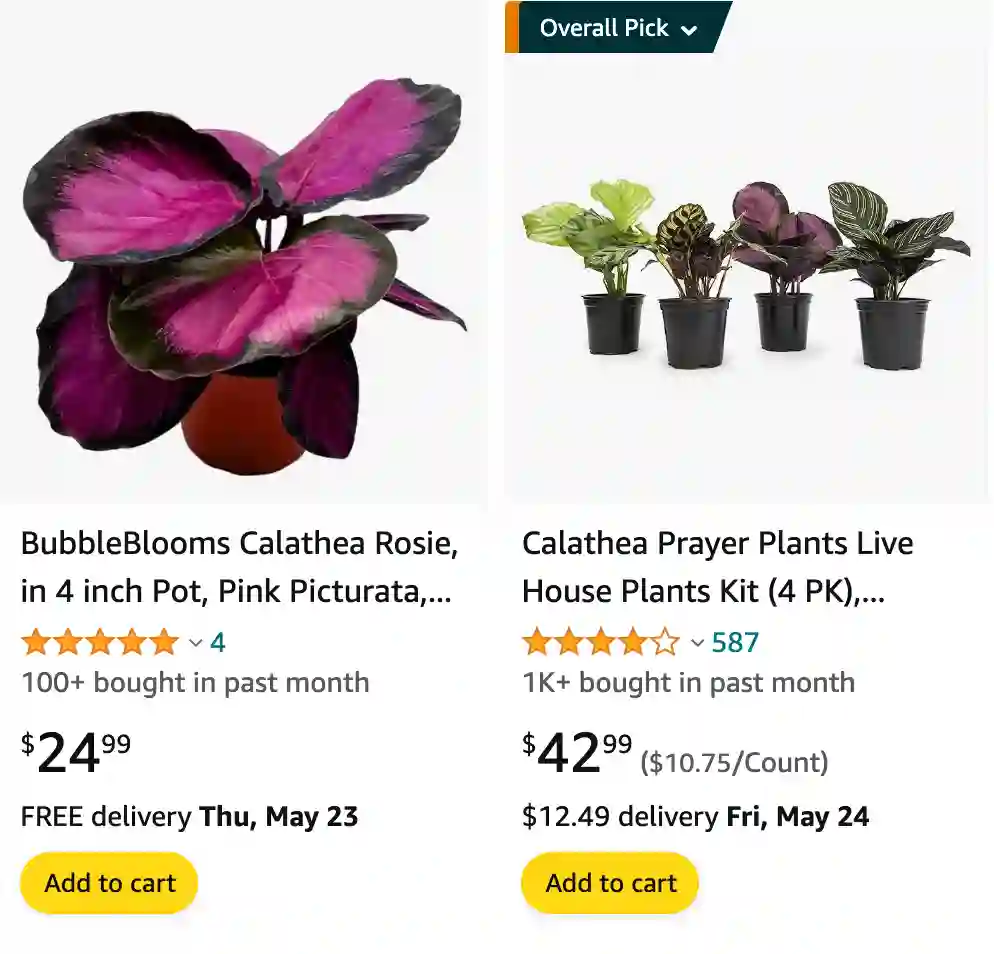
Calathea Roseopicta Rosy vs Crimson
I find Calathea Roseopicta Rosy to be more striking with its deep burgundy tones and intricate pink patterns, whereas Crimson has a brighter, almost fiery red that adds a bold contrast in my plant collection.
Calathea Roseopicta vs Dottie
Calathea Roseopicta has been a favorite of mine for its velvety green leaves adorned with intricate pink stripes, giving it a rich, elegant look. Calathea Dottie, on the other hand, stands out with its darker green foliage and prominent white veins, which create a more subtle yet eye-catching appeal.
59 Species in Genus Calathea
Calathea Roseopicta vs Medallion
Calathea Roseopicta has a distinct charm with its glossy leaves and delicate pink markings, while Calathea Medallion captivates with its larger, rounder leaves featuring a blend of deep green hues and intricate patterns that resemble a medallion, making it a centerpiece in my indoor garden.
Calathea Veitchiana vs Roseopicta
Calathea Veitchiana impresses me with its bold, broad leaves that showcase a blend of dark and light green shades, highlighted by striking patterns that resemble brushstrokes, creating a vibrant and tropical ambiance. In contrast, Roseopicta’s more subtle yet intricate pink markings against deep green leaves offer a sophisticated and calming presence.
How to care for Calathea roseopicta?
Here’s a guide on how to care for your Calathea roseopicta, also known as the Rose-painted Calathea:
Light:
- Calathea roseopicta prefers bright, indirect sunlight. Avoid strong direct sunlight, which can scorch the leaves. While low light conditions can be tolerated, the vibrant colors of the foliage might be less pronounced.
Watering:
- Water regularly, keeping the soil consistently moist but not soggy. Overwatering is a major threat to Calathea roseopicta. Here’s how to check moisture:
- Stick your finger into the top inch of soil. If it feels dry to the touch, it’s time to water.
- You can also use a moisture meter for a more precise reading.
Soil and Drainage:
- Well-draining soil is essential. A good quality potting mix formulated for African violets or aroid plants works well. You can also create your own mix using:
- Peat moss
- Perlite
- Orchid bark
- Coconut coir (optional)
- Ensure your pot has drainage holes to prevent waterlogging.
Humidity:
- High humidity is ideal for Calathea roseopicta. While it can tolerate average household humidity levels, dry air can cause brown, crispy leaf edges.
- You can increase humidity by:
- Misting the plant occasionally with lukewarm water (avoiding the center of new growth)
- Using a pebble tray filled with water (ensure the pot sits above the water level)
- Grouping your Calathea roseopicta with other humidity-loving plants
- Using a humidifier
- You can increase humidity by:
Fertilizing:
- Fertilize sparingly during the growing season (spring and summer) only. Apply a balanced liquid fertilizer diluted to half strength once a month or a slow-release fertilizer formulated for houseplants according to package instructions.
- Avoid overfertilizing, as it can damage the roots.
Temperature:
- Warm temperatures between 60-80 degrees Fahrenheit (15-27 degrees Celsius) are ideal. Protect your plant from cold drafts and sudden temperature fluctuations.
Additional Tips:
- Wipe the leaves occasionally with a damp cloth to remove dust and improve light absorption. Avoid harsh chemicals or cleaning products.
- Calathea roseopicta is a slow grower. Don’t be discouraged if it doesn’t put out new leaves frequently.
- Watch out for common houseplant pests like mealybugs and spider mites. Neem oil solution or insecticidal soap can be used for control if needed.
- Calathea roseopicta can be propagated by division in spring or summer.
By following these steps, you can create a thriving environment for your Calathea roseopicta and enjoy its beautiful rose-painted foliage for a long time! Remember, the key things are well-drained soil, allowing the top inch of soil to dry out slightly between waterings, avoiding overwatering, and providing moderate to high humidity. Bright indirect sunlight is ideal, but it can tolerate lower light conditions with some impact on the vibrancy of the foliage.
How to propagate Calathea roseopicta?
Calathea roseopicta can be propagated through division. Carefully remove the plant from its pot and separate the rhizomes, ensuring that each division has both roots and foliage. Plant the divisions in individual pots with well-draining soil and keep them in a warm, humid environment. Water the newly potted divisions regularly to encourage root growth.
Is Calathea roseopicta toxic to cats?
Calathea roseopicta is not listed as toxic to cats, but ingestion may still cause mild gastrointestinal upset in pets. It’s always a good idea to monitor pets around houseplants and prevent them from consuming any parts of the plant.
Can you save a Calathea roseopicta?
Yes, Calathea roseopicta can often be saved from common issues such as yellowing leaves or wilting with proper care adjustments. Ensure the plant is receiving adequate indirect light, maintain consistent moisture levels in the soil, and provide high humidity. Trimming away any damaged or yellowing leaves can also help redirect the plant’s energy to healthy growth.
How big does Calathea roseopicta get?
Calathea roseopicta typically grows to a height of around 12 to 24 inches (30 to 60 centimeters) indoors, with a similar spread. However, its ultimate size can vary depending on growing conditions, care, and specific cultivar.
If i die, water my plants!
